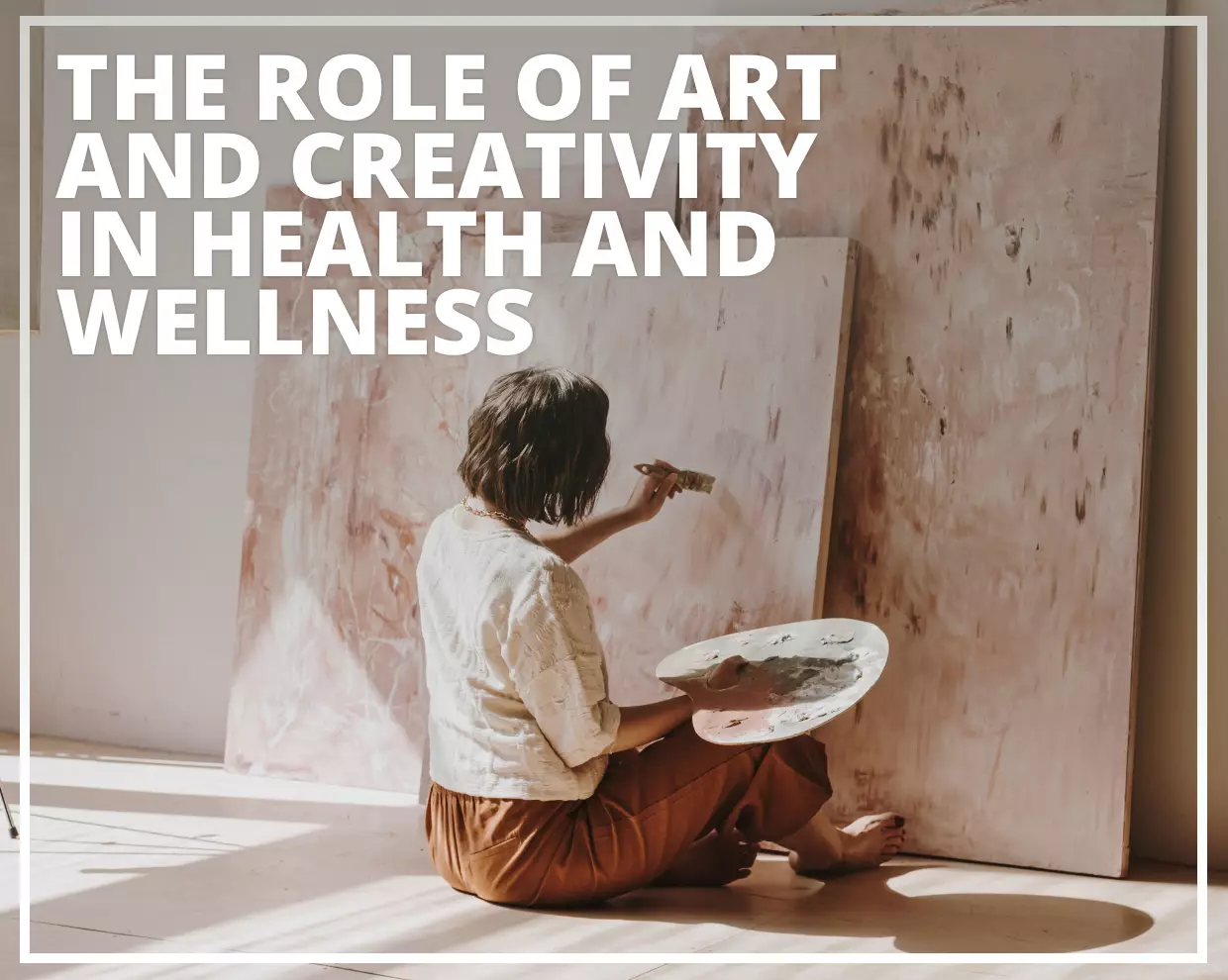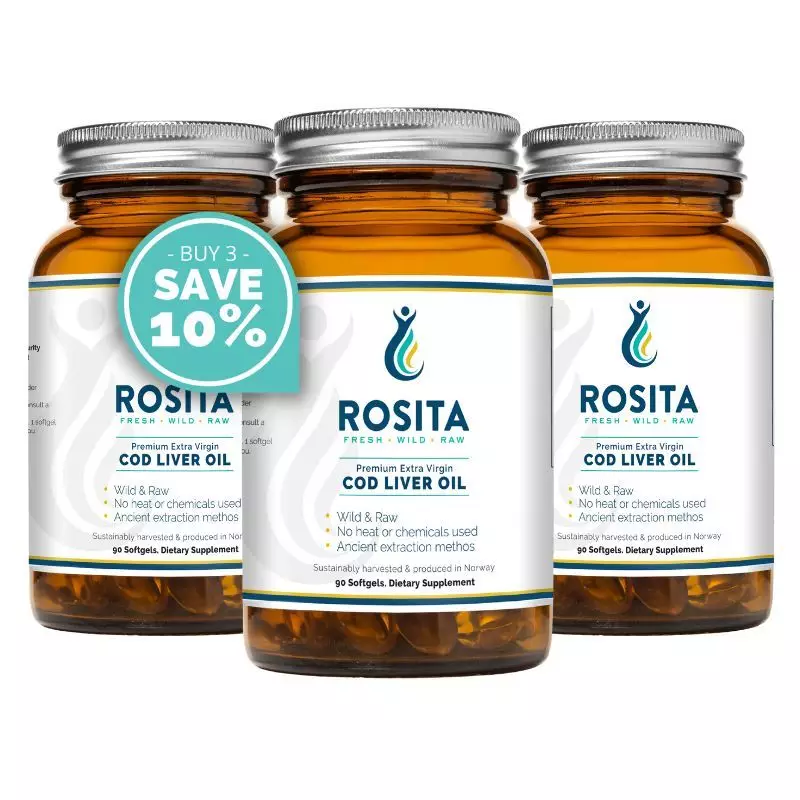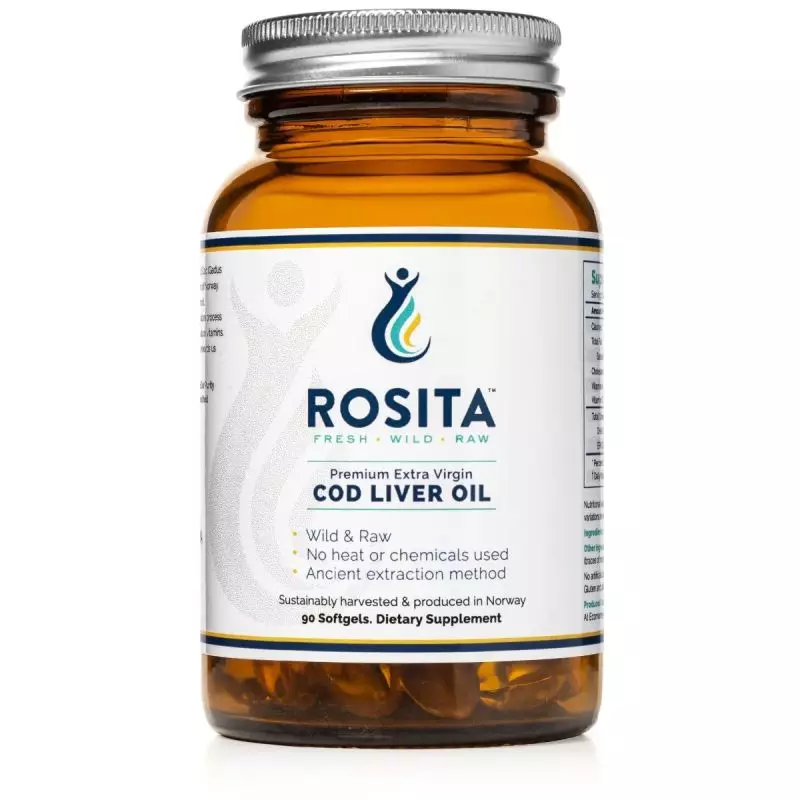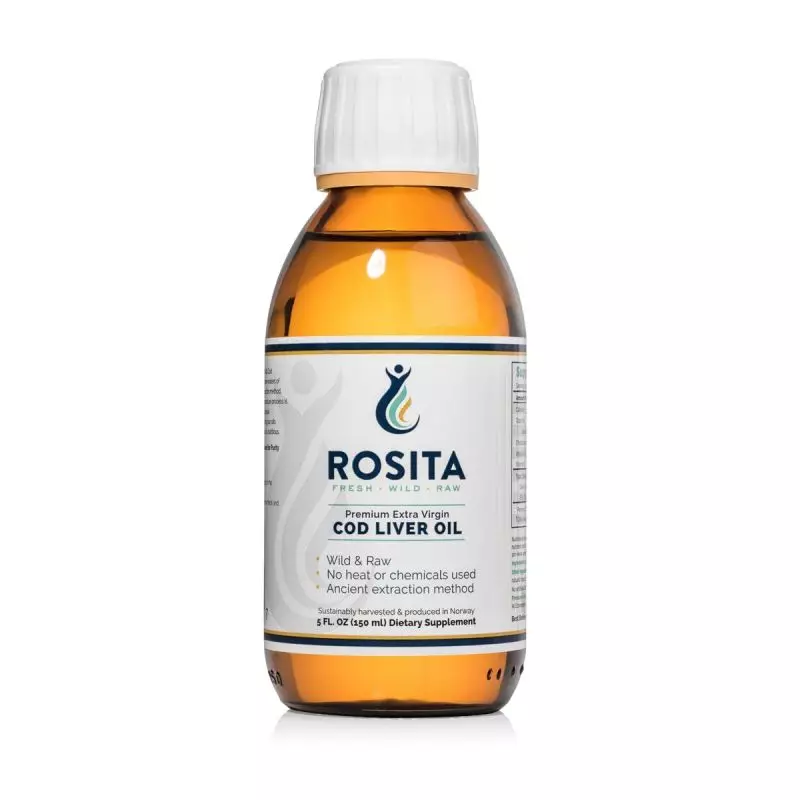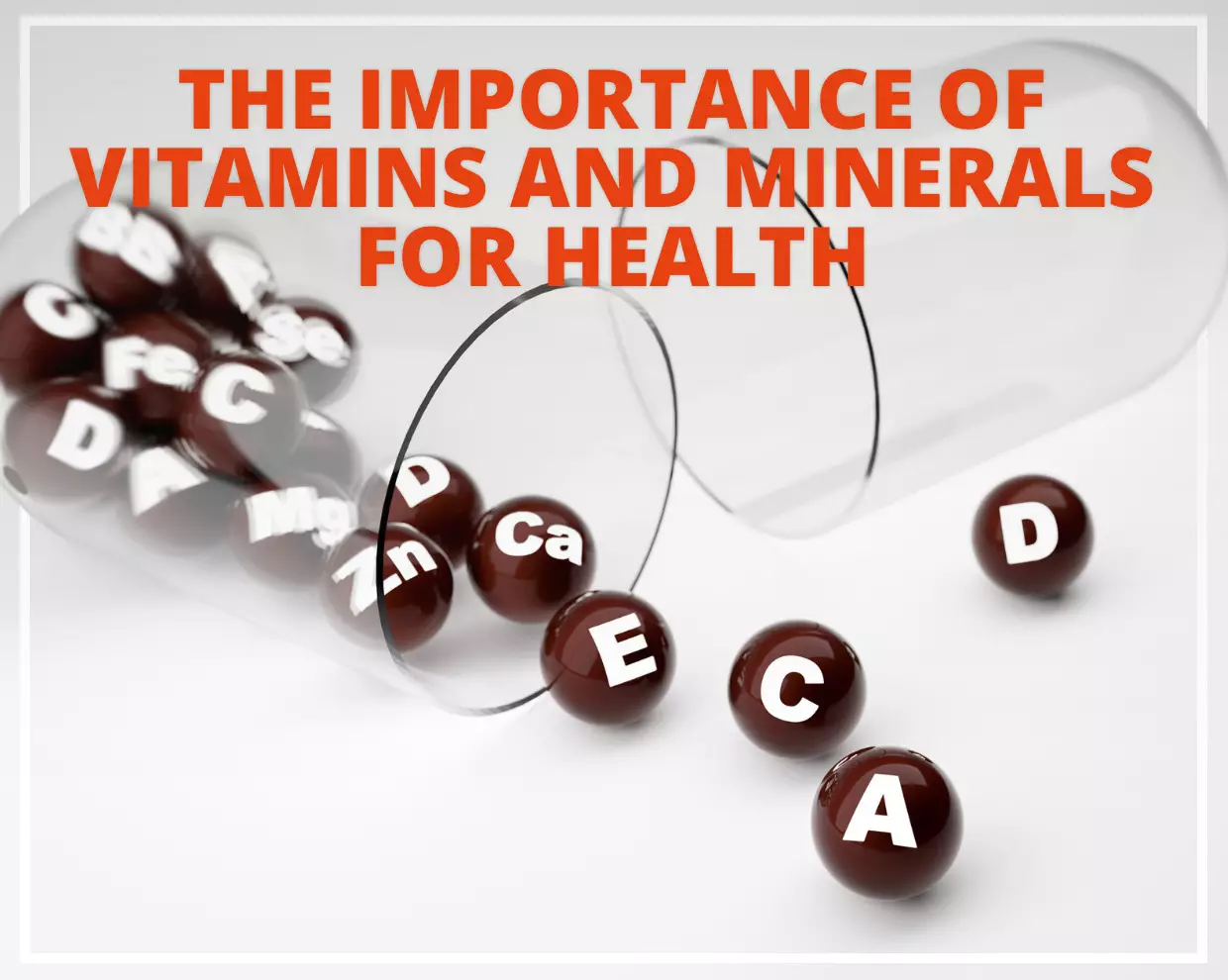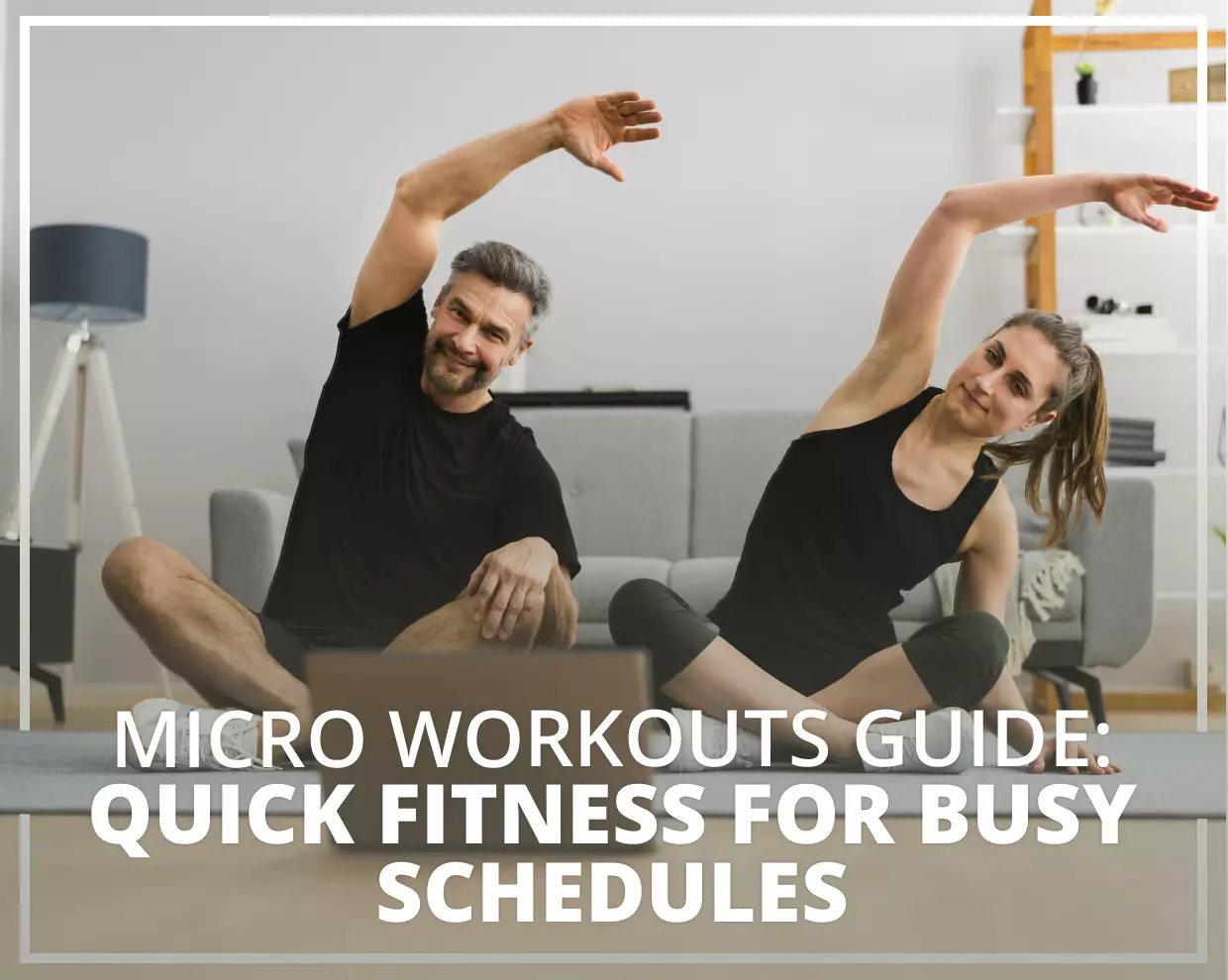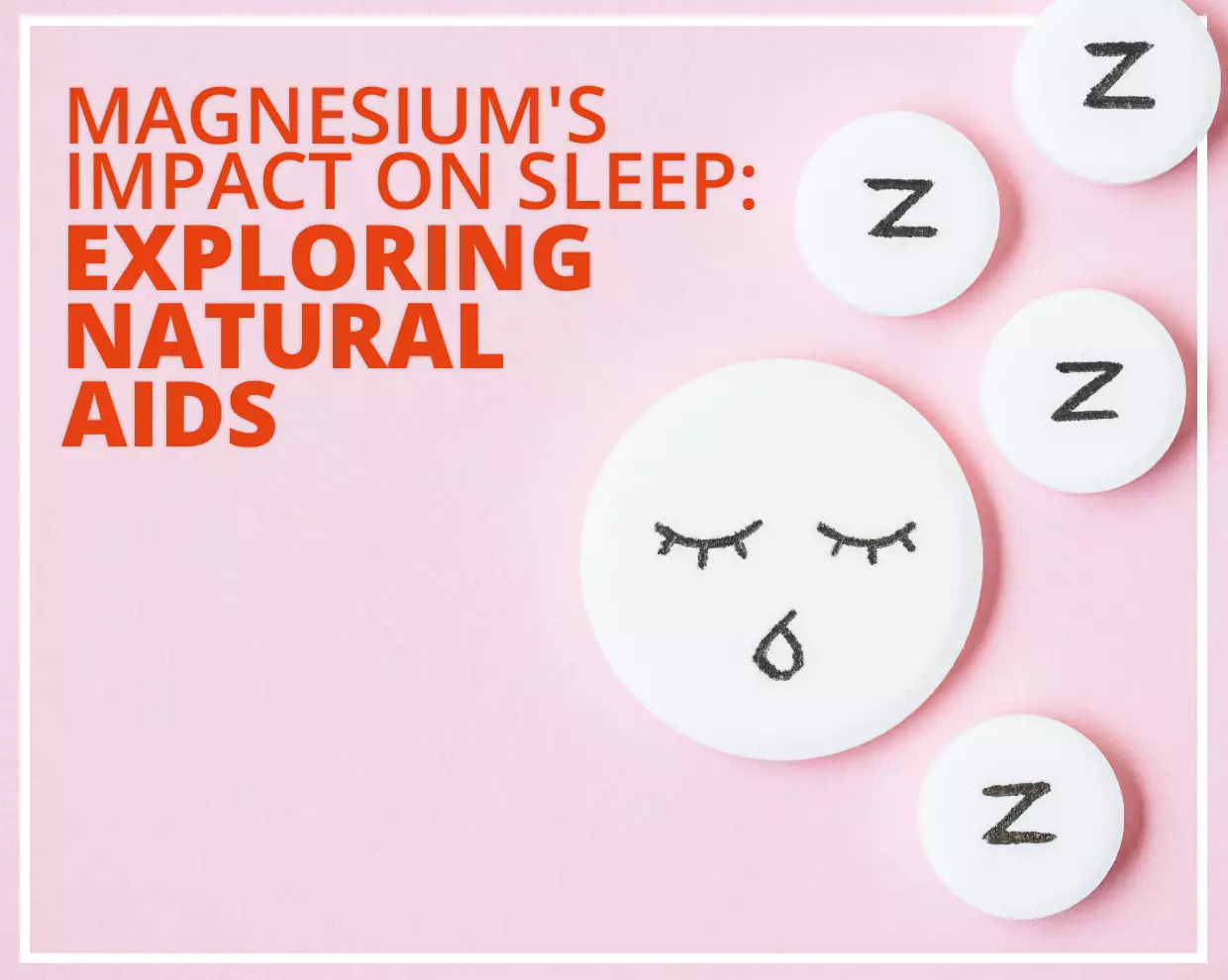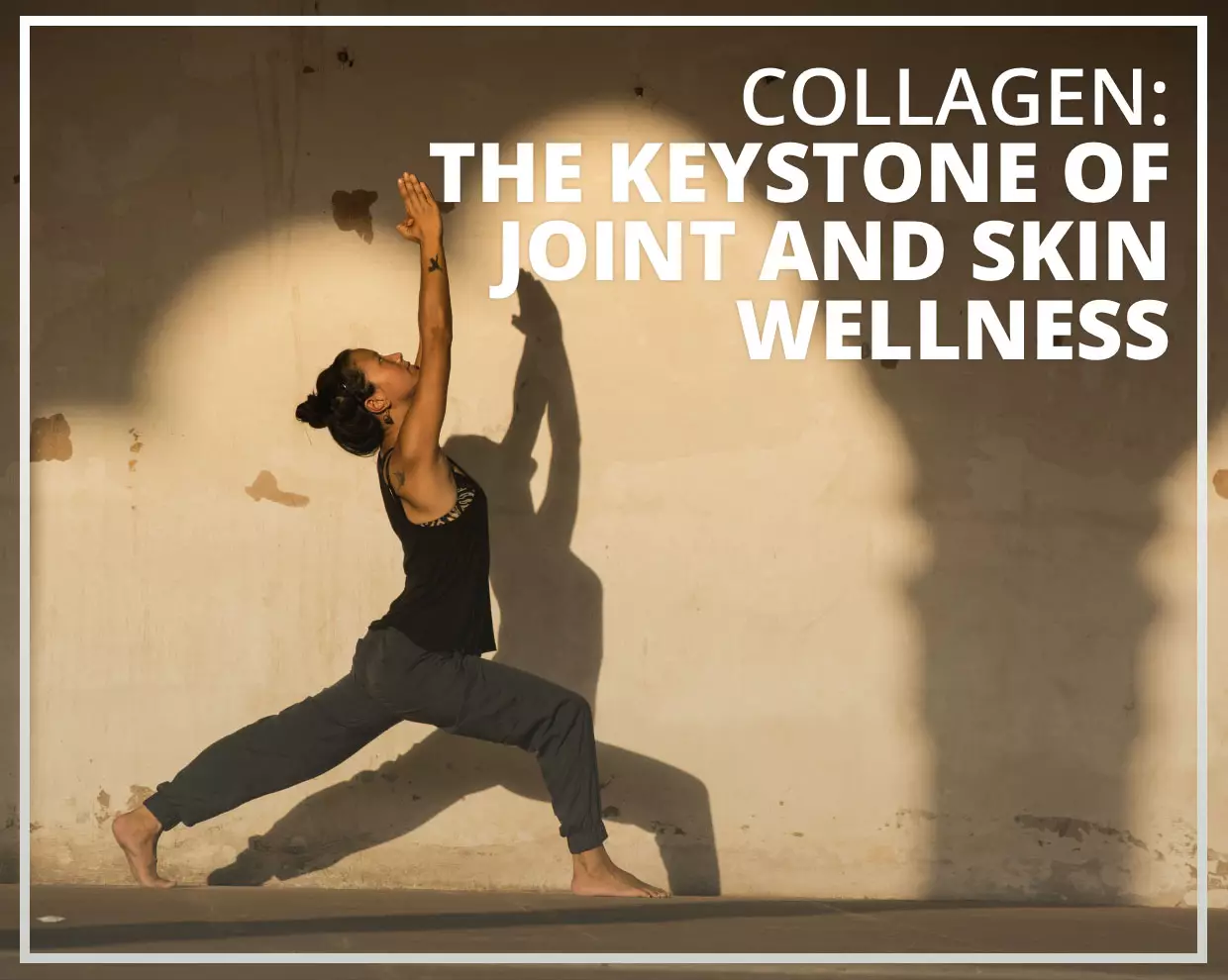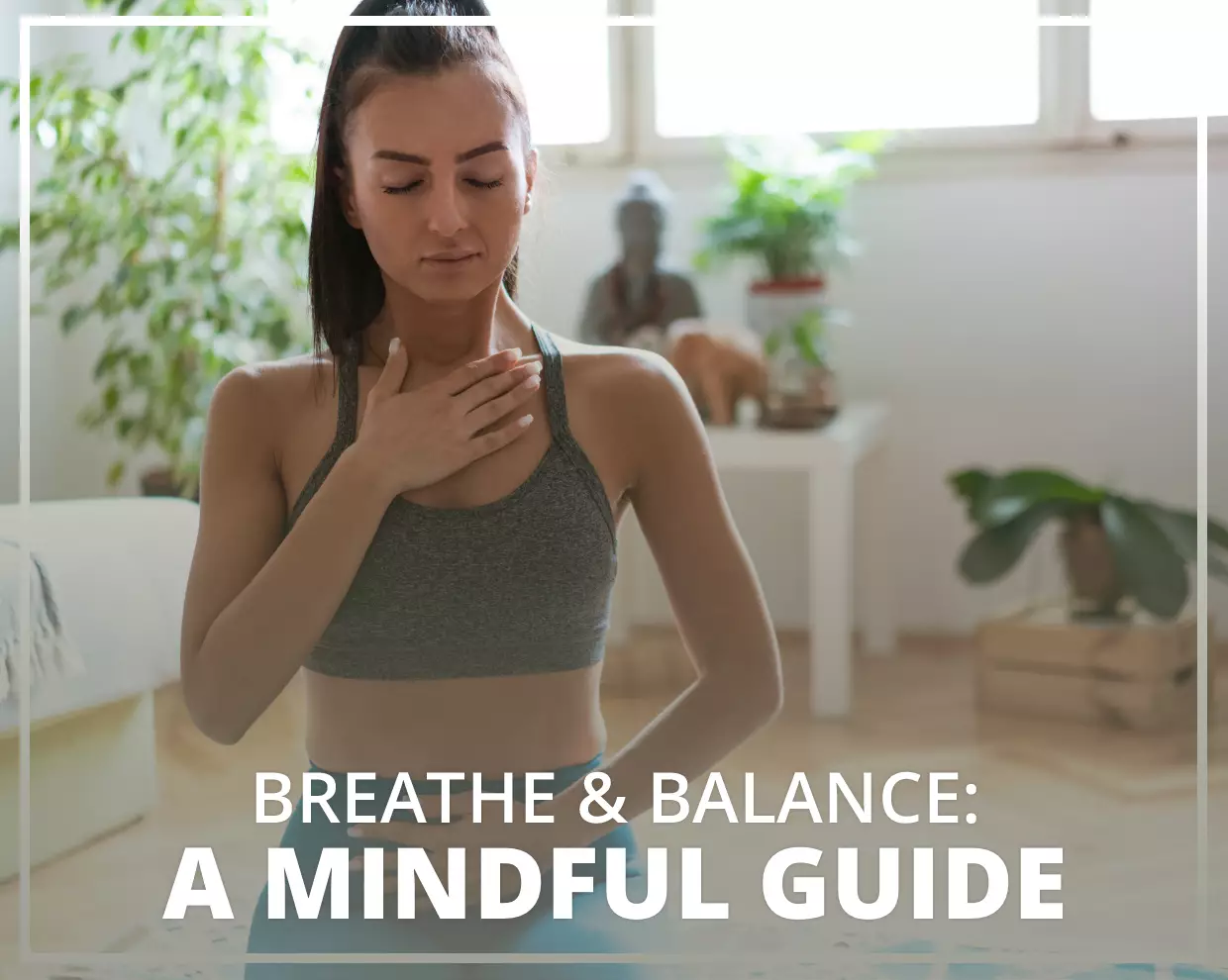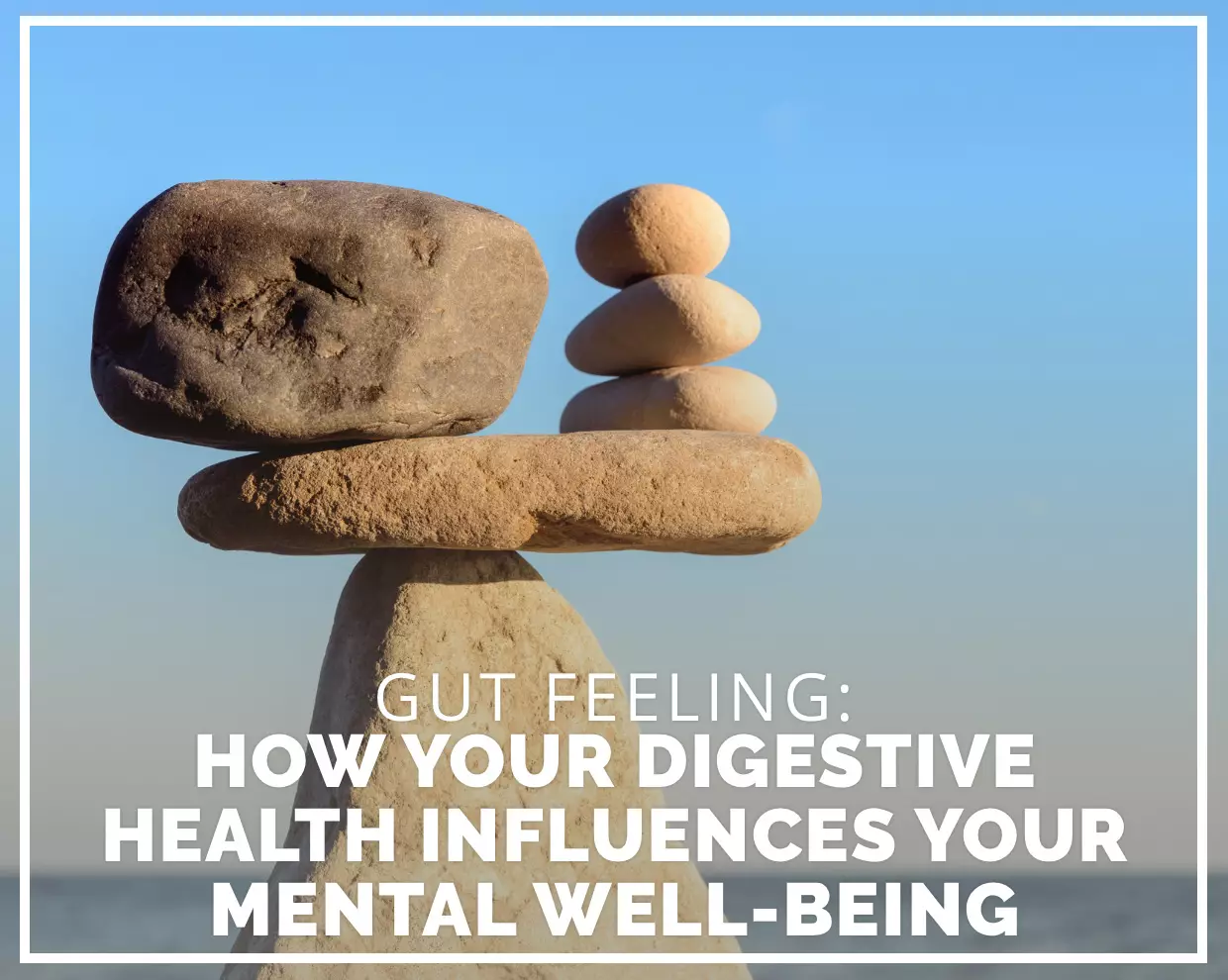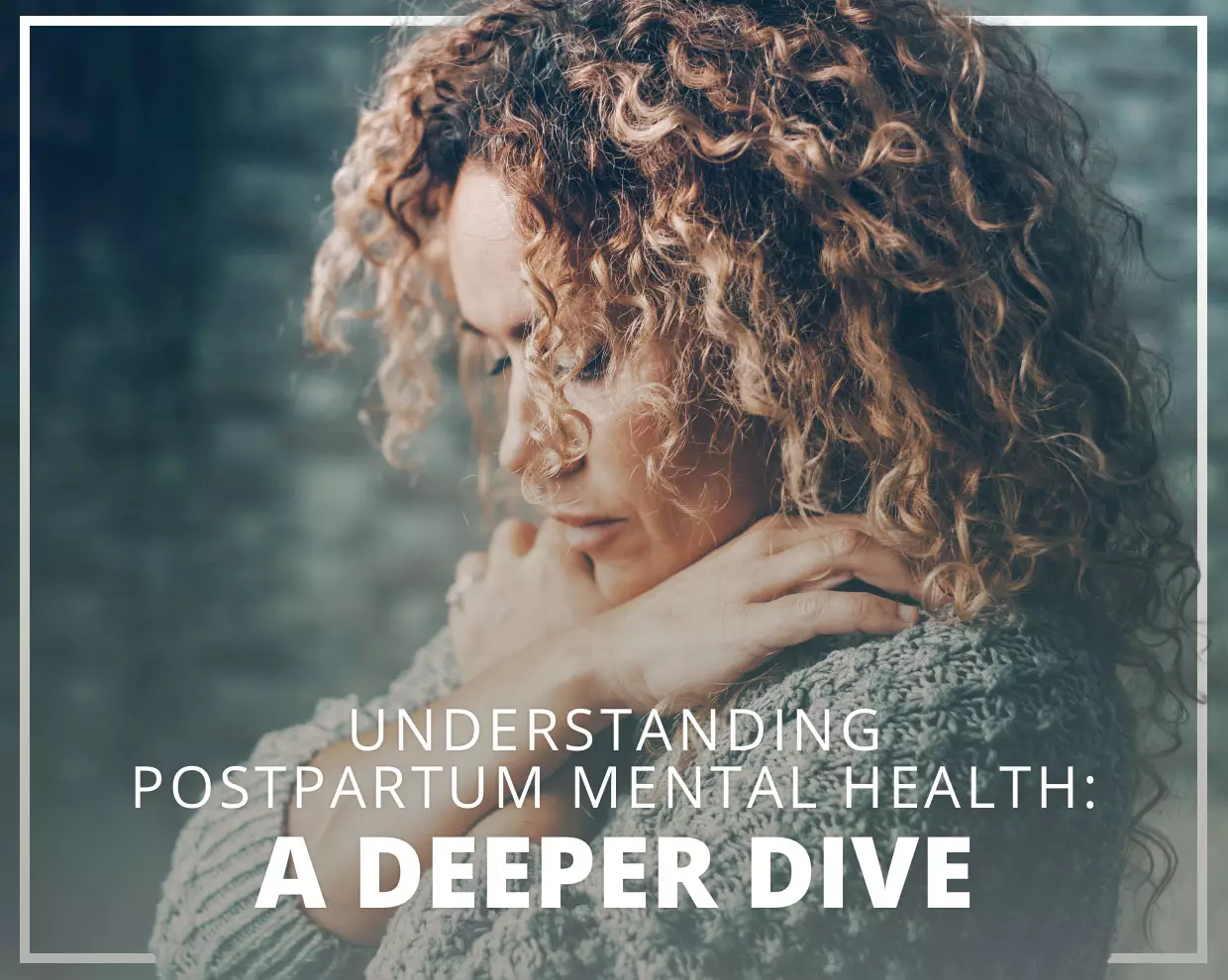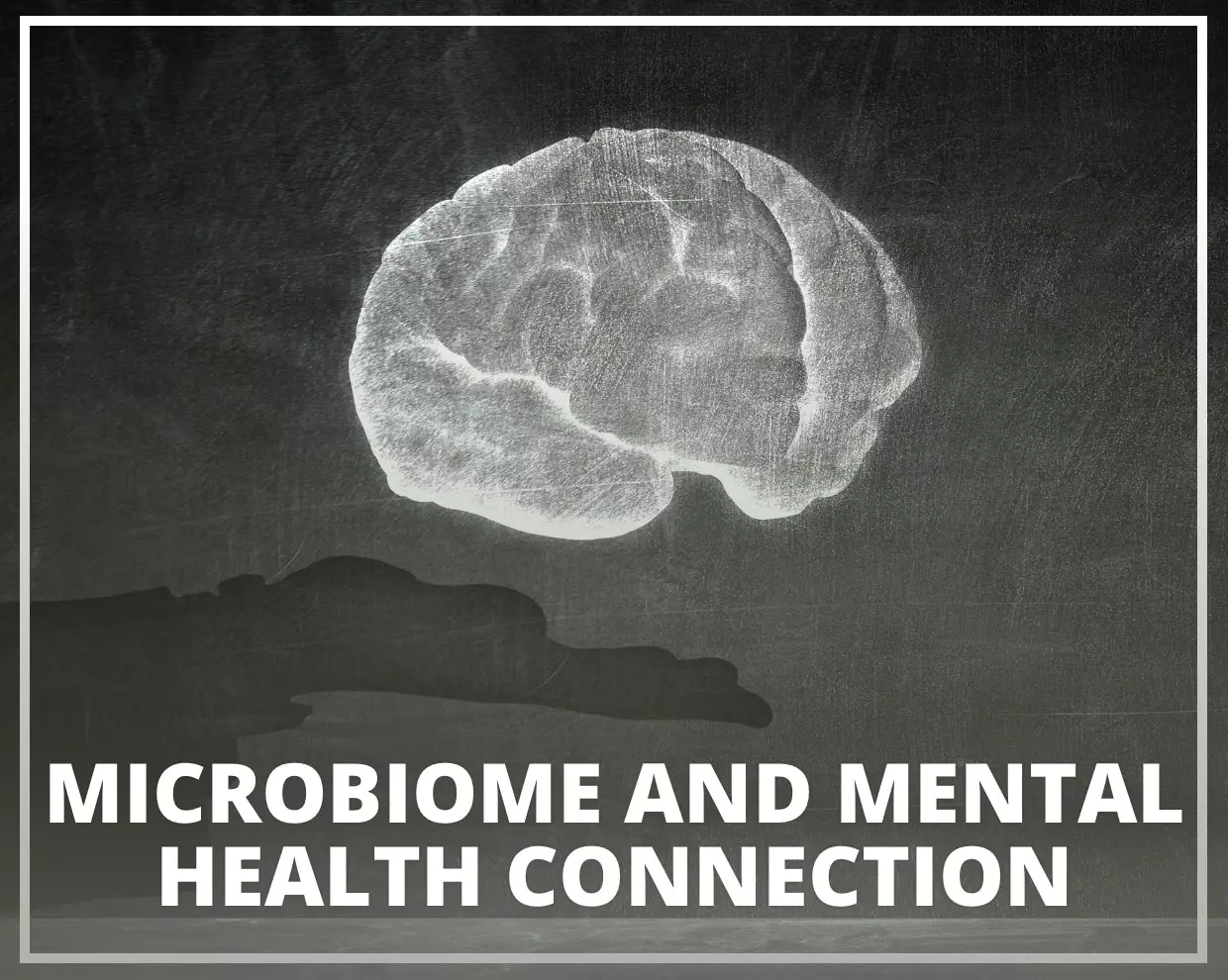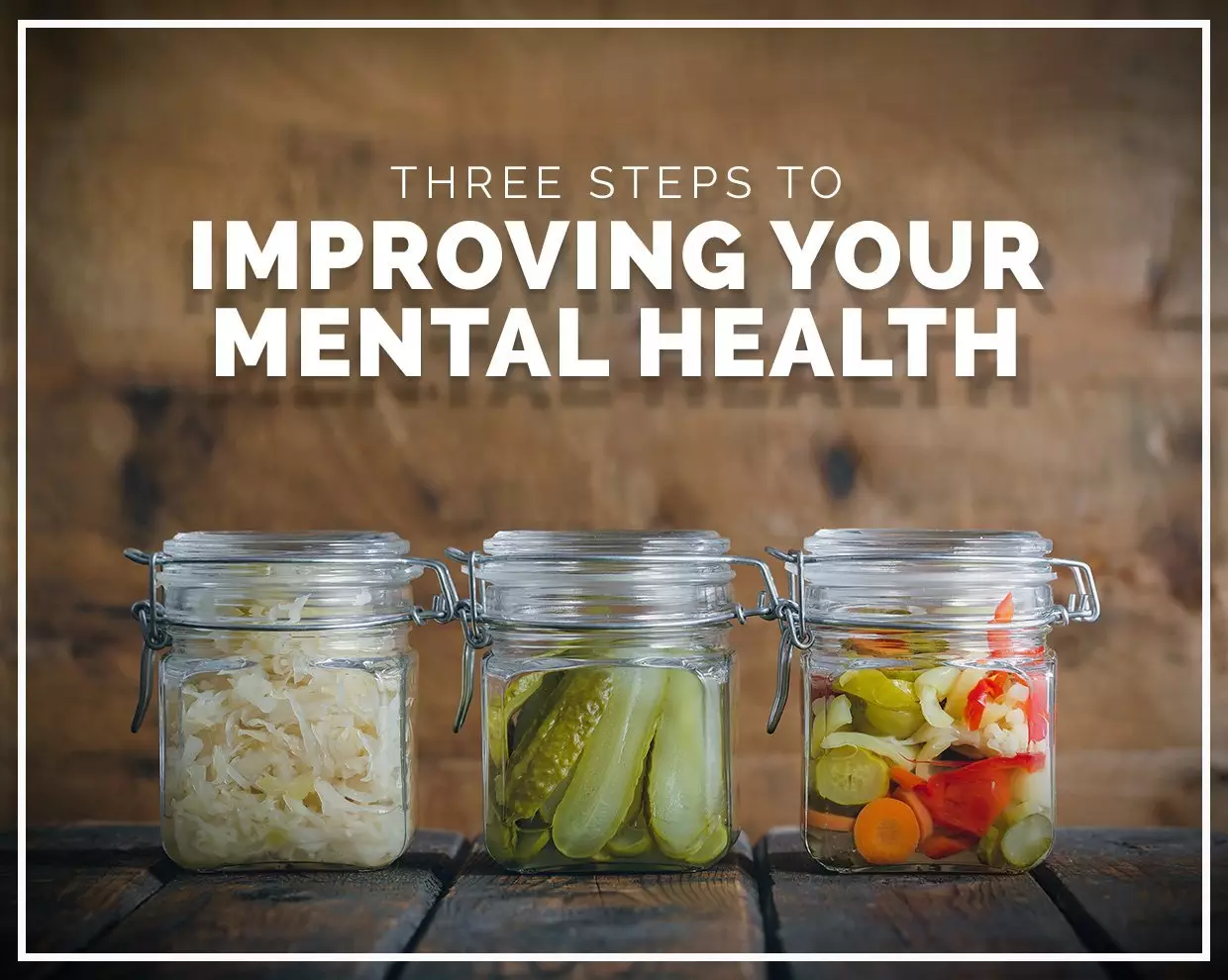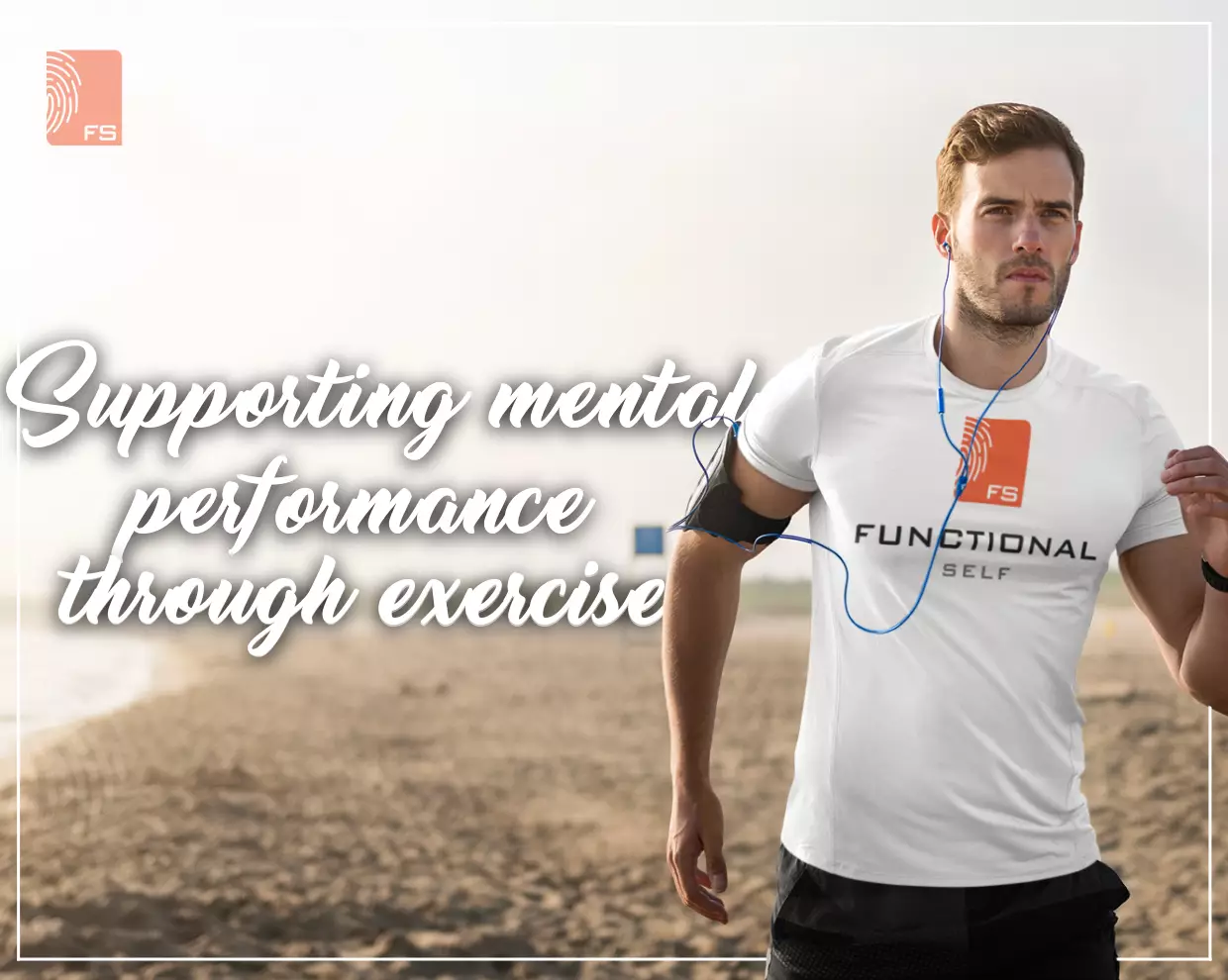Art and creativity have been intertwined with the essence of human experience for centuries, serving not only as a mirror to society's evolution but also as a personal medium through which individuals explore and express themselves. The intersection of art and well-being is a tapestry woven from diverse threads, each signifying a unique way in which creative engagement can colour the fabric of our lives. This blog embarks on a journey to explore the subtle yet significant role that art and creativity play in health and wellness. We navigate through historical insights, psychological perspectives, and the expressive power of art, shedding light on how these creative endeavours, while not cure-alls, enrich our journey towards a balanced life.
The Historical Context of Art and Health
The relationship between art, creativity, and wellness traces back to ancient civilisations, where art was not just a form of aesthetic expression but also an integral part of healing rituals and practices. Egyptian hieroglyphs, for instance, depict music and dance as part of healing ceremonies, suggesting an early recognition of art's soothing qualities. Similarly, in ancient Greece, theatres were often built near healing sanctuaries, reflecting a belief in drama's therapeutic potential. These historical instances highlight a longstanding intuition about the beneficial association between creative engagement and a sense of well-being.
In more recent history, the Arts and Crafts movement of the late 19th and early 20th centuries advocated for the therapeutic value of engaging in handcrafts. This movement was a response to the industrial revolution's alienation, proposing that involvement in the creative process was inherently enriching and restorative. Such historical perspectives provide a foundation for understanding the enduring link between art and wellness, emphasising the value of creative expression across cultures and epochs.
The Psychological Impact of Engaging with Art
Engaging with art and creativity is often associated with psychological benefits, such as reduced stress and a more positive mood. Numerous studies have observed correlations between creative activities and certain aspects of psychological well-being. For example, research published in the Journal of Positive Psychology found that people who engage in creative activities daily report feeling significantly more positive and energised. [1]
The process of creating or appreciating art can serve as a momentary escape, providing a mental break from the stresses of daily life. This does not imply that art is a solution to life's challenges but can offer a valuable space for reflection and relaxation. The act of focusing on a creative task allows for a form of mindfulness, where individuals become fully immersed in the moment, potentially leading to a more relaxed state.
Art also offers opportunities for self-expression, enabling individuals to explore and communicate complex emotions and thoughts in a constructive way. Whether through painting, writing, music, or dance, creative expression provides a unique avenue for exploring personal identity and emotional landscapes, contributing to an enhanced sense of self-understanding and emotional release.
Art as a Form of Expression and Communication
Art possesses a unique ability to transcend verbal communication, offering a powerful means of expression for emotions and experiences that might be difficult to articulate through words alone. This aspect of creativity is particularly beneficial for individuals who might struggle with verbal expression or face emotional challenges. Through visual art, music, writing, or dance, people can convey complex feelings and thoughts, facilitating a deeper understanding of themselves and others.
Moreover, art can play a crucial role in community and social settings, fostering a sense of connection and shared experience. Collaborative art projects, community choirs, or group dance classes can enhance feelings of belonging and collective identity. These shared creative experiences can bridge cultural and linguistic divides, bringing people together through the universal language of art. [2]
The expressive power of art is not only cathartic for the individual but can also serve as a tool for social change and awareness. Artistic expressions can highlight social issues, stimulate dialogue, and encourage empathy among diverse audiences. In this way, art becomes a conduit for raising awareness, promoting understanding, and driving social cohesion.
Creativity and Mental Flexibility
The association between creativity and cognitive processes is a fascinating area of exploration. Engaging in creative activities is correlated with enhanced mental flexibility and adaptability. This correlation suggests that creativity might play a role in how individuals approach problem-solving and adapt to new situations. [3] It's important to note, however, that these observations do not imply causation but rather indicate an interesting association worth exploring further.
Creative tasks often require thinking outside the box, leading to the development of novel solutions to problems. This process can stimulate cognitive flexibility, encouraging individuals to view situations from multiple perspectives. For example, engaging in artistic activities such as painting or creative writing can challenge the brain to break away from conventional patterns of thought, fostering a more adaptable and open-minded approach to life's challenges.
Moreover, creativity is not limited to the arts; it encompasses a wide range of activities that involve innovative thinking, from gardening and cooking to DIY projects and problem-solving tasks. Engaging in such activities can contribute to a sense of achievement and personal satisfaction, which, in turn, can have a positive impact on overall well-being.
Art Therapies and Their Application
Art therapies, including music therapy, visual arts therapy, and dance/movement therapy, are facilitated by professionals and are used in various settings to support individuals in exploring emotions, resolving psychological conflicts, and enhancing social skills. It's crucial to distinguish between art therapy facilitated by qualified therapists and personal engagement in art, which can also play a valuable role in a balanced lifestyle.
Art therapy provides a safe space for expression and exploration, often benefiting individuals who find traditional talk therapies challenging. These therapies are employed across a range of contexts, from mental health clinics to hospitals and community centres, demonstrating the versatile application of creative approaches to support well-being. [4]
While professional art therapy is a specific intervention, the underlying principle that art can be a valuable tool for expression and reflection is accessible to everyone. Personal engagement in creative activities, whether through painting, writing, playing an instrument, or dancing, allows individuals to explore their thoughts and feelings in a non-judgemental space, contributing to a sense of peace and personal fulfilment.
Practical Ways to Incorporate Art into Daily Life
• Incorporating art and creativity into daily life doesn't require a significant investment of time or resources. Simple strategies can make creative activities an accessible and enjoyable part of your routine. Here are some suggestions:
• Dedicate a small corner of your home to creativity: Having a designated space, even if it's just a small desk or a portable art caddy, can encourage regular engagement in creative activities.
• Participate in community art projects: Many communities offer art classes, workshops, or collaborative projects. These can be a great way to connect with others and explore new creative mediums.
• Use digital platforms for inspiration: Online tutorials, virtual museum tours, and creativity apps can provide inspiration and guidance for your artistic endeavours.
• Incorporate creativity into relaxation time: Instead of defaulting to passive activities, try integrating creative hobbies into your downtime, such as sketching, crafting, or playing a musical instrument.
• Explore nature: The natural world is a rich source of inspiration. Try outdoor sketching, photography, or even arranging natural materials into patterns and designs.
By making art and creativity a regular part of your life, you can enjoy the benefits of self-expression and mental relaxation. Remember, the goal is not to produce masterpieces but to enjoy the process and express yourself in ways that bring joy and fulfilment.
Throughout this exploration of the role of art and creativity in health and wellness, we've delved into historical contexts, psychological impacts, and practical ways to integrate creativity into everyday life. While art is not a panacea, its power to enrich our lives, provide a medium for expression, and foster a sense of community is undeniable. As we navigate the complexities of modern life, embracing creativity can be a meaningful addition to our wellness routine, offering a space for reflection, joy, and connection. Let's invite creativity into our lives, celebrating the endless possibilities it brings.
Discovering Creativity and Wellness: Enhancing Your Journey
As we conclude our exploration of the enriching relationship between art, creativity, and wellness, it's clear that finding balance and joy in our lives often involves more than just engaging in creative activities. It's about nurturing our minds and bodies in a holistic manner. While creativity plays a pivotal role in our well-being, incorporating certain lifestyle choices can complement our journey towards a balanced and fulfilling life.
For those looking to support their wellness routine, exploring products like Bulletproof Brain Octane Oil and Bulletproof Brain Octane Oil Softgels can be a thoughtful step. These products are designed with a focus on supporting individuals in their wellness and lifestyle goals. Bulletproof Brain Octane Oil, available as both a versatile oil and convenient softgels, is crafted to fit seamlessly into your daily routine, offering you the flexibility to choose how you integrate it into your lifestyle.
In addition to exploring supportive products, we invite you to dive into the wealth of knowledge available on our blog. Our posts on health and wellness, brain health, and memory provide insights and perspectives that complement your creative explorations. Whether you're looking to enrich your understanding of wellness, find inspiration for incorporating creativity into your life, or explore topics related to brain health and memory, our blog is a resource designed to support you on your journey.
Remember, the path to wellness is as unique as you are. By weaving creativity into the fabric of our lives and exploring supportive practices and products, we can enrich our journey towards a balanced and fulfilling lifestyle. Visit our website to discover more about Bulletproof Brain Octane Oil and explore our blog for insights and inspiration tailored to your wellness journey.
References
1 Being Creative Makes You Happier: The Positive Effect of Creativity on Subjective Well-Being
2 Arts engagement supports social connectedness in adulthood: findings from the HEartS Survey
3 Creativity and Cognition, Divergent Thinking, and Intelligence
4 Role of Art Therapy in the Promotion of Mental Health: A Critical Review

 NZ Store
NZ Store  UK Store
UK Store AU Store
AU Store EU Store
EU Store

